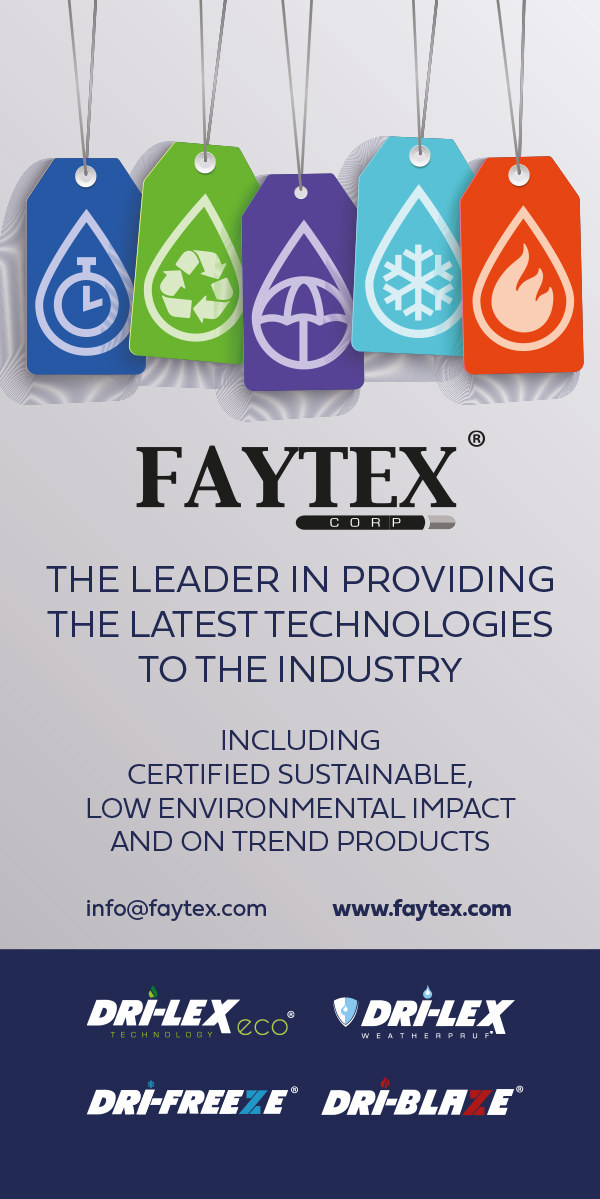Swot analysis

A report by the European Chemicals Agency discovered that 8% of footwear failed to comply with single-market chemical regulations in 2022.
Out of the approximately 2,400 mainly consumer-facing products inspected by the national enforcement authorities of 26 European Union (EU) member states between January and December 2022, about 435 were found to be in violation of EU chemical laws. This figure constituted 18% of the total sample, according to the European Chemicals Agency (ECHA), whose Forum for Exchange of Information on Enforcement (ECHA Forum) organised the study and published its results at the end of last year. The network holds enforcement responsibility for the following regulations in the EU, Norway, Iceland and Liechtenstein: REACH (registration, evaluation, authorisation and restriction of chemicals), CLP (classification, labelling and packaging of substances and mixtures), PIC (prior informed consent) and POP (persistent organic pollutant), in addition to the biocidal products regulation (BPR).
REACH-en-Force-10 (REF-10), the name of the coordinated research project, now in its tenth edition, was initiated in 2010. REF-10 tested 423 mixtures and 1,984 articles in total. Regarding footwear, the enforcement authorities in each of the 26 participating countries not only focused on substances discovered in shoes, interrogating each finished product in line with REACH restrictions, but also on duties applicable to articles under both REACH and POP restrictions. A breach was logged when hazardous chemicals were proven to be present in consumer goods to excessive levels.
Indicative results
Categories that underwent inspection ranged from fashion, shoes and accessories to sporting equipment, electronics and children’s toys. Across the board, the non-compliance rate for articles was 20%, according to Helsinki-based ECHA, whereas non-compliant mixtures took a smaller share, representing 9%. For the most part, non-compliant articles are typically withdrawn from the market. Broadly, 15% of fashion products, footwear included, were deemed non-compliant due to inspectors’ detection of harmful concentrations of lead, chromium, cadmium, phthalate and perfluorochemical and short-chain chlorinated paraffin (SCCP) content, for example. The number of fashion articles checked was 895, out of which 136 were found to be non-compliant. Exactly half of all handbags tested were in breach of EU law. Meanwhile, the percentage of shoes which fell afoul of regulations fared better, standing at 8%.
ECHA’s harmonised enforcement team leader, Maciej Baranski, tells World Footwear that the non-compliant shoes found during REF-10 were “most probably imported”. Some will have originated from outside the European Economic Area (EEA), he says, while others’ provenance is unknown, suggesting that they were also imported from elsewhere. No data was collected on the origin of individual ingredients. Around 50% of all footwear inspected was manufactured in the EEA, Mr Baranski explains. Although the number of shoes tested, 74, was in reality “only a small fraction of all controls”, the results are indicative, he goes on to say, “especially if we consider the millions of shoes that are placed on the EU market every year”. Substances hazardous to human health and the environment alike that were present in enforcers’ footwear samples beyond accepted levels included phthalates, chromium, SCCPs and cadmium. These chemicals were variously found in materials such as leather, rubber and synthetics, as well as in metal footwear components and accessories.
Examples include a pair of Chinese-made, Kappa-branded polyvinyl chloride (PVC) slide sandals, rejected at an EU border for their excessive bis(2-ethylhexyl) phthalate or DEHP content, per REACH regulations. DEHP-plasticised PVC was flagged by the EU’s publicly accessible Safety Gate product-alert system as posing a health risk for human reproductive systems during childhood. Another product, leather baby shoes from Turkey, was destroyed due to, potentially carcinogenic, high chromium levels (up to 13 ppm). The footwear was non-REACH-compliant and national authorities ordered that the importer cease all sales. A pair of leather children’s shoes by the Magnus brand, again manufactured in China, were flagged by border enforcers as similarly non-compliant with REACH restrictions on account of their containing 5.6 ppm of chromium per kilogram. Their distributor subsequently pulled them from the market and issued a product recall to its customers.
Controlled processes
ECHA Forum members are typically engaged in several ongoing chemical safety and compliance-related enforcement projects every year. Investigations into imports, cosmetics, e-commerce, biocides and “collecting results from inspections of safety data sheets” are all underway at present, Mr Baranski shares. REF’s findings tend to be somewhat consistent each time, demonstrating little variation over the years, at least when it comes to importer and marketplace non-compliance percentages, but lessons are learned and the network reviews its methodologies to keep them up to date, especially when revisiting past research topics. Among the recommendations it lists to industry, the EU and member states’ national-level authorities at the end of the REF-10 report, ECHA emphasises the need for consumer goods companies to stay abreast of their legal duties, specifically when it comes to their materials and chemistry choices.
This would involve establishing and implementing specific supplier requirements, if they haven’t already, the enforcement team lead says, in the interest of mitigating risk to human and environmental health. It is also important that supply partners have all necessary documentation to hand before placing finished articles on the market, he notes.
ECHA encourages businesses to use EU-focused digital tools such as Safety Gate and ICSMS (information and communication system for market surveillance), to identity any non-compliant products ahead of time. Importers and distributors should be mindful of completing the required risk assessments before attempting to bring footwear, fashion and other products into the EU that have been produced outside the EEA.
As sustainability minded top-down guidance continues to require brands, retailers and their supply chains to adopt cleaner processes in the interest of ‘greener’ products, regulations are only set to increase. ECHA Forum only published its guidance on the enforceability of restrictions to per- and polyfluoroalkyl substances (PFAS) requested by German, Danish, Dutch, Norwegian and Swedish authorities late last year, for example. If anything could shake up the next round of REF data, further tightening single-market restrictions on PFAS-containing footwear and outdoor apparel imports should certainly do the trick.
ECHA’s headquarters in Helsinki.
All Credits: ECHA












